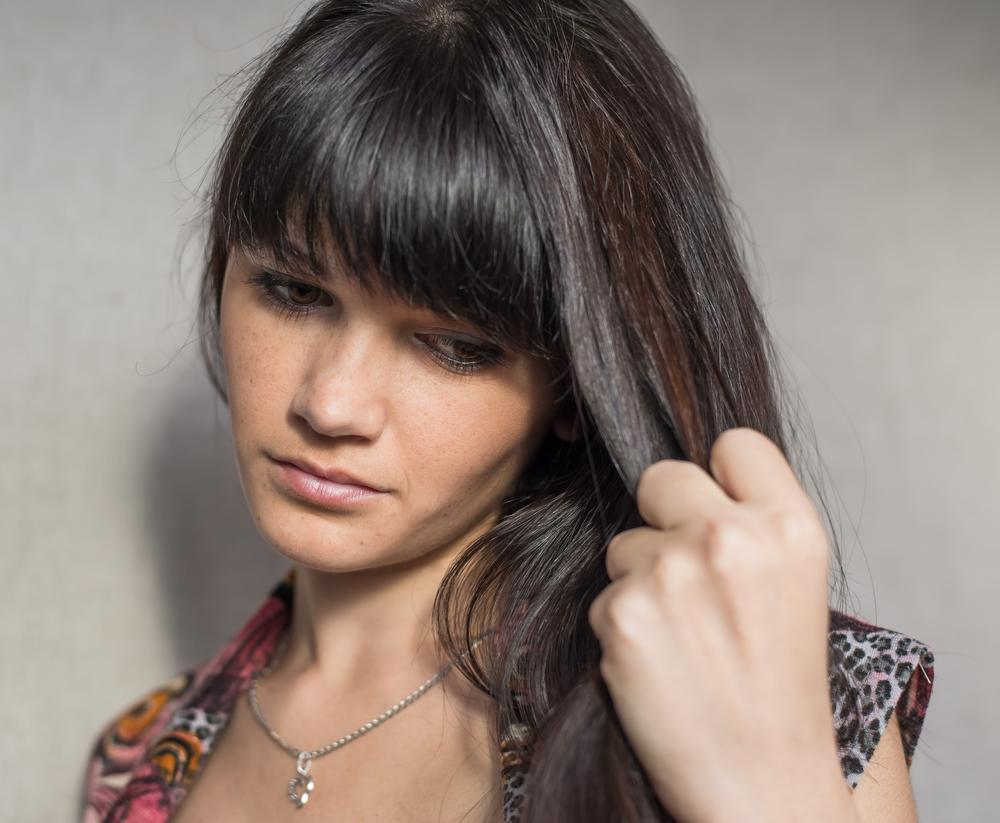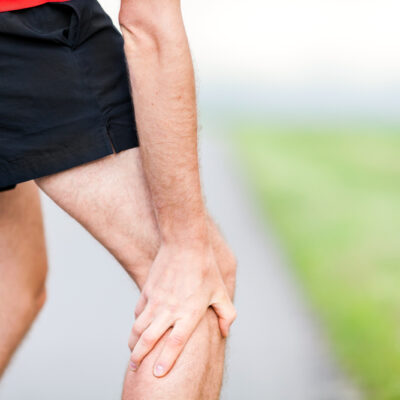
Treatments for Thinning Hair and Hair Loss
According to statistics from the American Hair Loss Association, roughly 30 million women and more than 50 million men experience thinning hair and hair loss. The most common form of hair loss, androgenetic alopecia (or more commonly, male pattern baldness) makes up 95% of hair loss in males, which typically occurs between the ages of 21-50-years old.
Hair loss occurs for several reasons, mainly due to a combination of genetics and age. However, just because thinning hair and hair loss is part of the natural aging and genetic doesn’t mean you have to comb over the issue. Here are a few proven and effective treatments to combat hair loss:
1. Dietary changes
Consuming a nutrient-rich diet may help reverse the early signs of thinning hair. For instance, diets rich in protein may help boost hair strength. Plus, diets that feature vitamin B12, zinc, and iron found in foods like nuts, beans, leafy greens, lean meats and fish may help slow hair loss and trigger hair rejuvenation.
2. Laser hair treatments
Laser hair treatments aim to restore hair density with a series of treatments that low inflammation within the hair follicles, which apparently is what impedes hair growth. Laser hair loss treatment are conducted using a device (i.e., at home hand held, head cap, or salon hoods) that emit a low level laser that penetrates the scalp to promote hair growth. Typically, multiple treatments are required over a period of 6 months or more to promote hair growth.
3. Hormone therapy
Hormone therapy is a particular help for hair loss in female patients, if women are prone to hair loss either by genetics, perimenopause, or when taking birth control pills. Typically, hormonal hair loss in women is traced back to an excess of male hormones, however, this may be remedied via hormone therapy.
4. Scalp massage
Massaging the scalp has shown promise as far as increasing vital blood flow to the scalp to trigger hair growth.
5. Hair growth shampoos
Similar to a scalp massage, the motion of shampooing in a warm shower is meant to increase blood flow to the scalp and promote hair growth. The most popular hair growth shampoos are DHT blockers. DTH is a hormone that restricts blood flow to the scalp and triggers hair loss, but DTH blocker shampoos impede the DTH hormone and aim to encourage fresh blood flow in the scalp.
6. Hair supplements
Supplements, such as viviscal, aim to encourage hair growth with a combination of ingredients (i.e., biotin, niacin, fish protein, vitamin C, and zinc) that strengthen strands while encouraging fresh follicle production.
7. Hair transplantation
Hair transplantation is an invasive surgical procedure that aims to restore hair loss by taking healthy hair follicles from one area of the body (i.e., chest or back of the head) and replacing them in balding areas (i.e., the hairline or top of the head). Post-surgery, a semi-permeable dressing may be applied to transplant area to allow for blood and tissue fluid seepage for a few days. Patients may also be told to avoid shampooing and sun for a few days following surgery to low the risk of losing newly transplanted hair follicles post-op.


